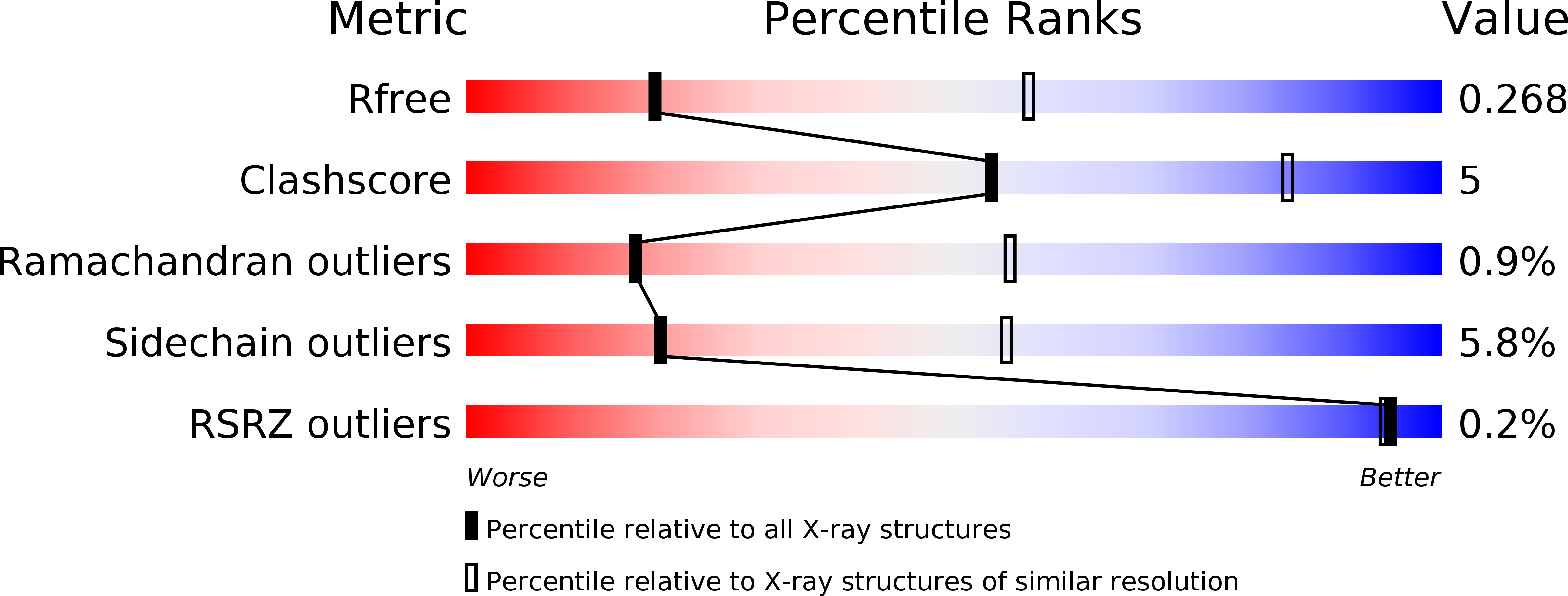
Deposition Date
2012-02-03
Release Date
2012-04-25
Last Version Date
2024-11-06
Entry Detail
PDB ID:
4DJZ
Keywords:
Title:
Catalytic fragment of masp-1 in complex with its specific inhibitor developed by directed evolution on sgci scaffold
Biological Source:
Source Organism:
Homo sapiens (Taxon ID: 9606)
Schistocerca gregaria (Taxon ID: 7010)
Schistocerca gregaria (Taxon ID: 7010)
Host Organism:
Method Details:
Experimental Method:
Resolution:
3.20 Å
R-Value Free:
0.27
R-Value Work:
0.22
R-Value Observed:
0.23
Space Group:
P 21 21 21


